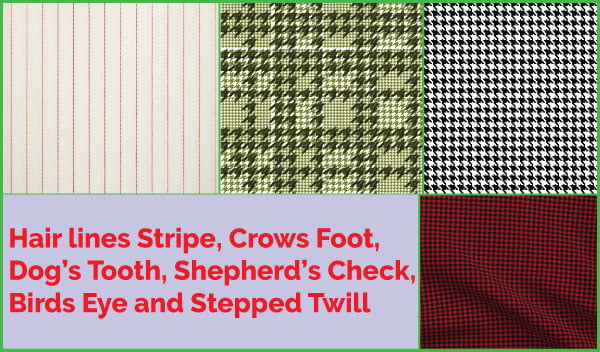What is Gauze Fabric | Characteristics and End Uses of Gauze Fabric
Last updated on July 22nd, 2023 at 10:32 am
Definition of Leno or Gauze Fabric
Leno or gauze is a weave in which the warp yarns do not lie parallel. Instead, warp yarns work in groups, usually pairs of two; one yarn of each pair is crossed over the other before the filling yarn is inserted. When looking at a leno fabric, one might think that the yarns were twisted fully around each other, but this is not true. Careful examination shows that they are crossed and that one yarn of the pair is always above the other.
Characteristics or features of Leno or Gauze Fabric
- The gauze weave construction produces a fabric very light in weight and with an open mesh effect.
- Leno weaves also produces curtain materials, some shirting and dress goods.
- This weave produces such light-weight fabrics have a strength that could not be provided by plain weave.
- The gauze weave is sometimes referred to as the leno weave because it is made on a leno loom.
- On the leno loom, the action of one warp yarn is similar to the action the warp in the plain weave.
- The doup attachment, a hairpin-like device at the heddle, alternately pulls the second warp yarn up or down to the right or left with each pick passage. This causes the pair of warps to be twisted, in effect, around each weft yarn.
- The leno is sometimes used in combination with the plain weave to produce a stripe or figure on a plain back ground.
- The fabric weight varies depending upon the thickness of the yarns, which could be of spun, filament or combinations of these yarns.
End Uses of Gauze Fabric
- Fabrics made by leno weave include marquisette (It is a sheer, light weight, leno weave fabric, usually made of filament yarns), mosquito netting, geotextiles to shade delicate plants, and some bags for laundry, fruit and vegetables.
- Polyester marquisettes are widely used for sheer curtains.
- Casement draperies (Casement cloth is a general term for any open-weave fabric used for drapery or curtain fabrics. It is usually sheer.) are frequently made with leno-weave and novelty yarns.
- Thermal blankets are sometimes made of leno weaves.
- All these fabrics are characterized by sheerness or open spaces between the yarns. The crossed-yarn arrangement gives greater firmness and strength than plain-weave fabrics for a similar low count and minimizes yarn slippage.
You may also like: A Proper Guide to Different Types of Towel





